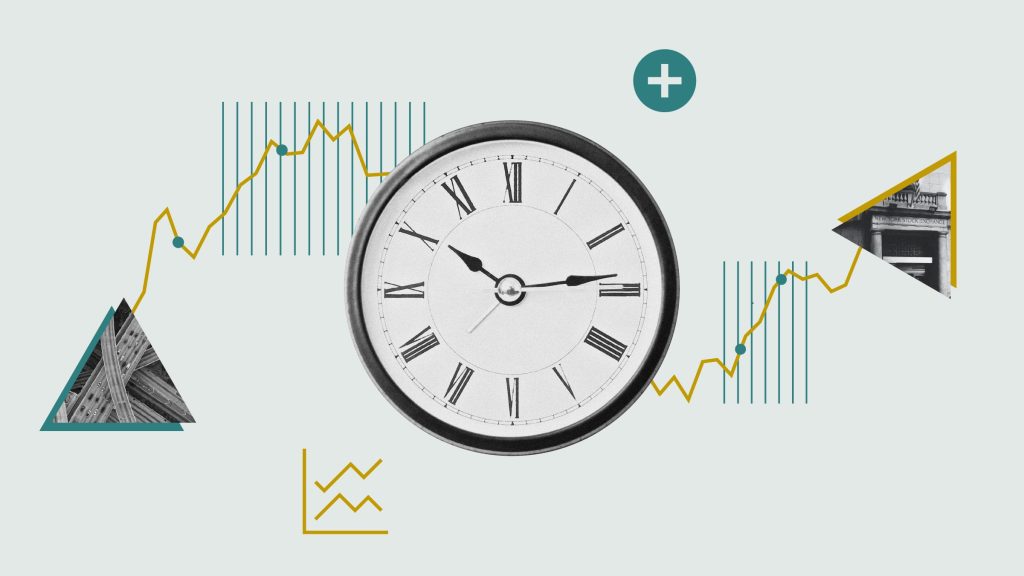Crowdedness refers to a situation where investors collectively and simultaneously buy large quantities of the same assets. This behavior may reflect the collective insights of sophisticated fundamental and quantitative investors, or it might be influenced by macroeconomic or market news.
Conversely, it may stem from irrational investor behavior, potentially leading to market bubbles. A crucial question for investors is the effect of excessive money flowing into the same stocks or strategies. Researchers at BlackRock explored this vital topic in the Spring 2025 edition of The Journal of Beta Investment Strategies. Their research, A Demand-Based Equity Risk Factor: Crowdedness, provides new insights into how crowded trades can systematically influence stock returns and portfolio performance.
Research Focus: Measuring the Unseen
The authors explored a concept that may seem simple but is profound: crowdedness in equity markets. Unlike traditional risk factors that emphasize company fundamentals or market characteristics, crowdedness is a demand-side phenomenon—it focuses on who is purchasing what and the volume being bought.
The research team aimed to answer several essential questions:
- How can we effectively measure crowdedness in equity markets?
- Does crowdedness function as a systematic risk factor that influences stock returns?
- Can investors utilize crowdedness metrics to enhance portfolio management and risk strategies?
By analyzing data from 13F reports of US institutional investors, the authors developed a new demand-based equity risk factor to quantify crowdedness. This allowed them to evaluate institutional ownership, trading behaviors, and market flows, determining the effects of this crowdedness factor. They classified investors based on three key characteristics:
- Equity assets under management to gauge investor scale, differentiating large from small institutions.
- Active share, calculated as the average absolute difference between a fund’s holding weights and market weights, distinguishing active from passive investors.
- Turnover, which measures how much an investor’s holdings fluctuate compared to the previous quarter, indicating trading activity levels.
Key Findings
1) Crowdedness as a Systematic Risk Factor
Crowdedness acts as a distinct factor that shows minimal correlation with conventional factors. It is statistically significant and serves as a systematic risk factor influencing stock returns across various market scenarios—stocks with elevated crowdedness indicators displayed unique return patterns compared to less crowded ones.
2) The Demand-Supply Imbalance Effect
When many investors flock to similar positions, demand can drive prices away from their fundamental values, creating risks that may lead to sharp reversals once the crowd disperses. Analyzing 2,000 US stocks, they found that stocks with high crowdedness showed significantly negative returns, elevated volatility, substantial maximum drawdowns, and positive skewness.
3) Cross-Sectional Predictability
Crowdedness metrics were effective in forecasting which stocks might underperform in the future, especially during market stress when crowded positions became more volatile.
Key Takeaways for Investors
For Institutional Investors
Large institutions should remain particularly vigilant regarding crowdedness as their considerable size can contribute to and be influenced by crowded trades.
For Quantitative Strategies
The paper emphasizes:
- Factor-based strategies may lose effectiveness as they become crowded.
- Incorporating crowdedness measures into factor models could enhance risk-adjusted returns.
- Diversification across less crowded factors could foster better long-term performance.
The Broader Market Context
The research findings are particularly relevant given today’s market dynamics, where:
- ETFs and index funds can funnel flows into identical securities.
- Social media and algorithmic trading can amplify crowding effects.
- Market concentration in large-cap stocks has intensified.
Too Crowded for Comfort
BlackRock’s research marks a significant advancement in understanding modern market dynamics. With increasing market interconnectivity and algorithmic trading, the concept of crowdedness is poised to become more crucial for investors and risk managers.
In conclusion, when it comes to investing, it’s not only about identifying the right opportunities but also recognizing when the marketplace becomes excessively crowded.
Larry Swedroe is the author or co-author of 18 investment books, including his latest, Enrich Your Future. He also serves as a consultant to RIAs, educating them on investment strategies.



